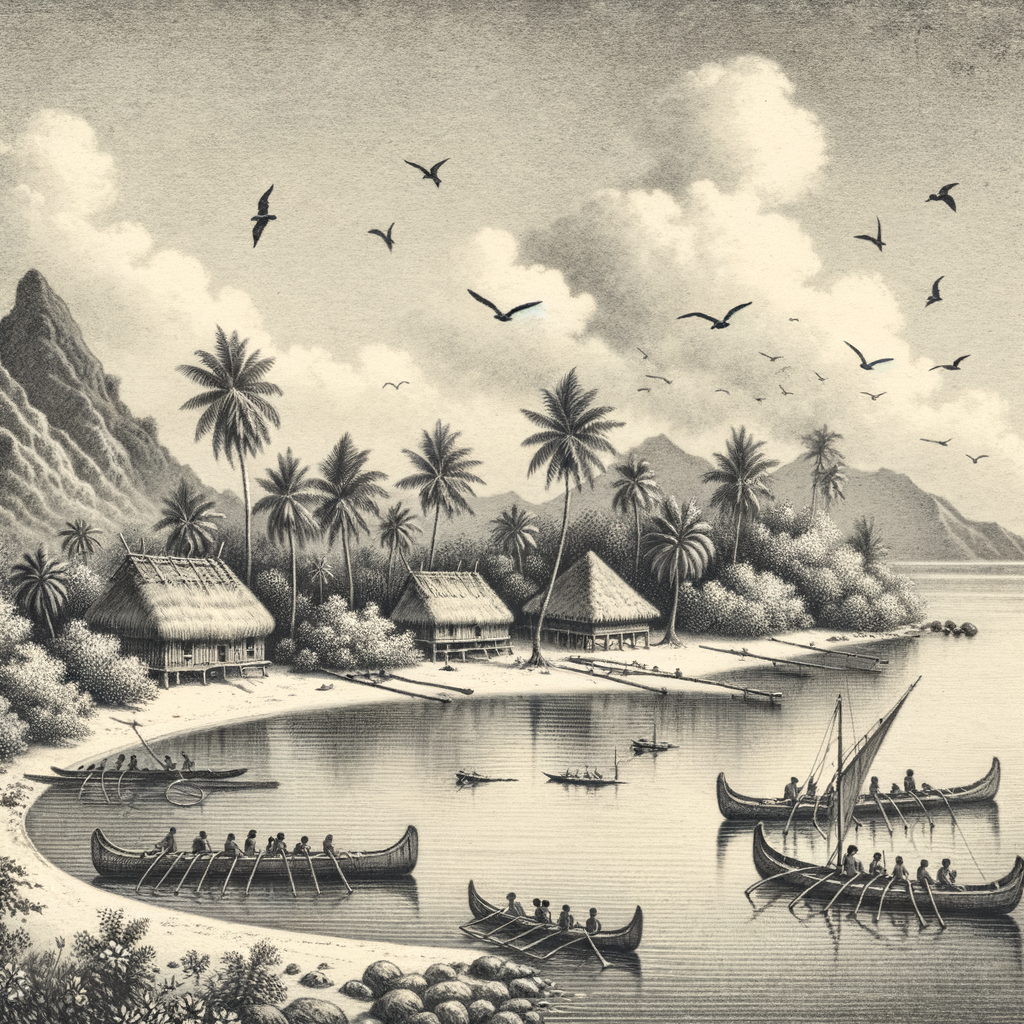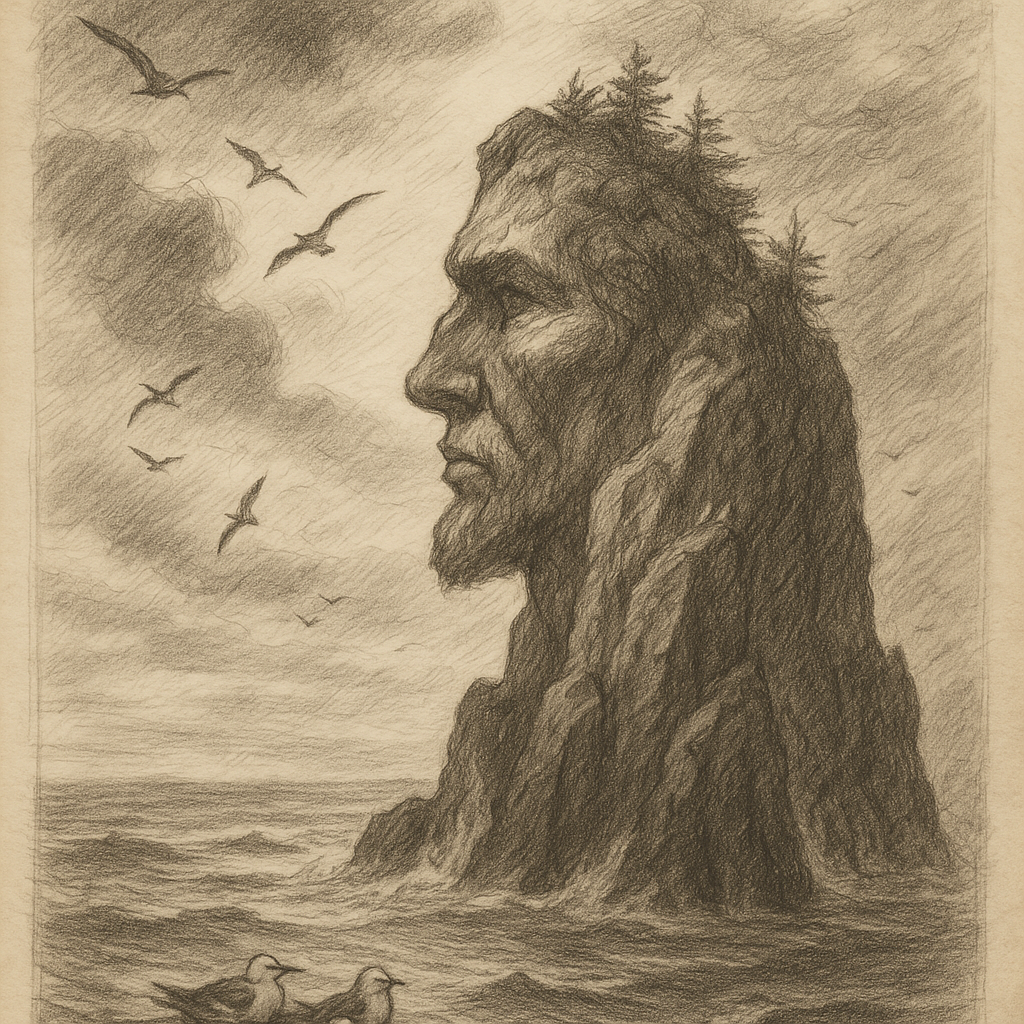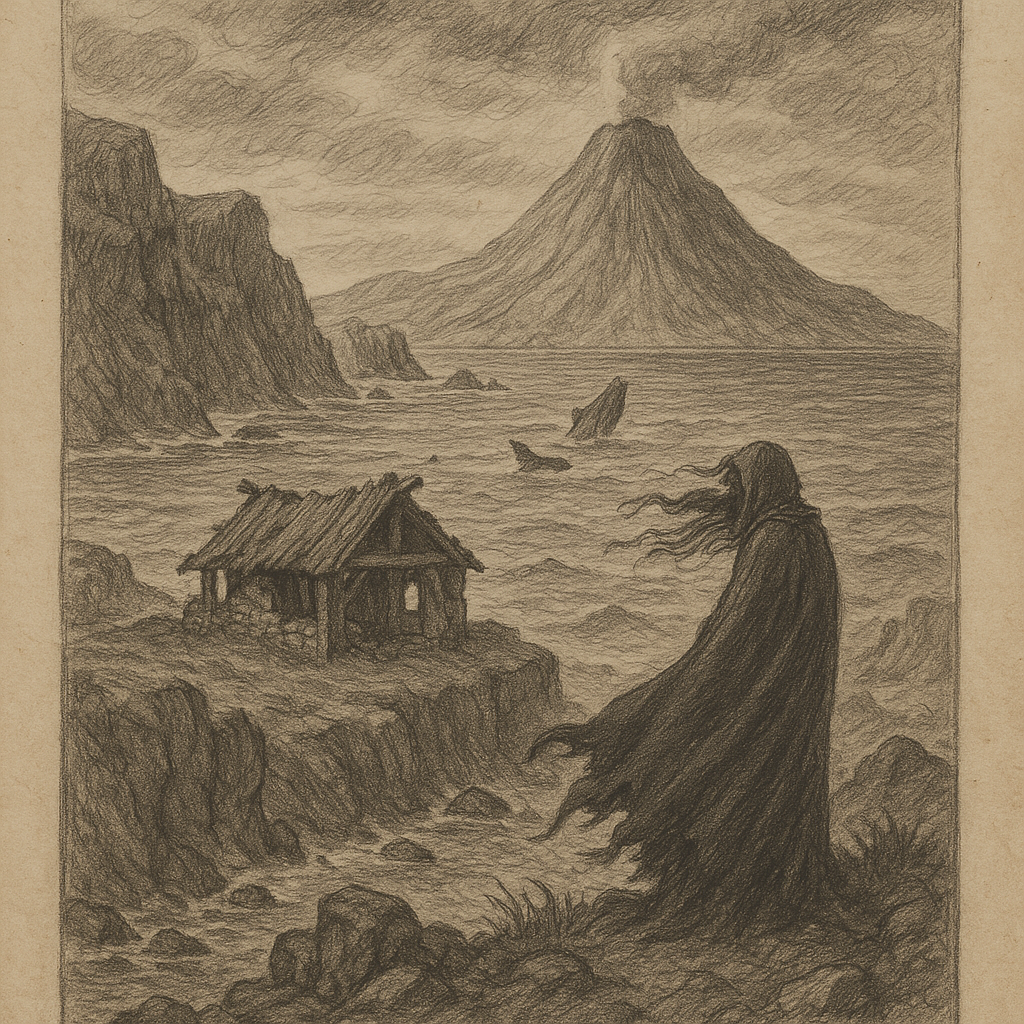Sure, here’s the article as per your instructions:
—
## Atafu Island: A Remote Jewel of the Pacific
Atafu Island is a small coral atoll located in the South Pacific Ocean, part of the Tokelau group under New Zealand administration. Though tiny in size, Atafu stands as a fascinating location rich in Polynesian heritage, vibrant marine life, and intriguing legends that have been passed down through generations.
## Geographical Location and Physical Characteristics
Atafu Island is situated roughly 500 kilometers north of Samoa and just south of the Equator. It is the smallest of the three main atolls that make up Tokelau, alongside Nukunonu and Fakaofo. Atafu’s atoll structure consists of 42 small islets (known as motu) forming a nearly continuous ring around a shallow, central lagoon.
The atoll covers a land area of approximately 2.5 square kilometers, with the lagoon occupying about 15 square kilometers. Most of the islets are low-lying, at an elevation of just a few meters above sea level, making Atafu extremely vulnerable to rising sea levels and severe tropical storms.
## Geological Origins
Atafu, like many other atolls in the Pacific, was formed by volcanic activity millions of years ago. A volcanic island initially rose above the ocean surface but slowly subsided over time. Coral reefs surrounding the island continued to grow upwards toward the sunlight, gradually forming a coral atoll with a central lagoon after the volcanic island fully submerged.
Because of its coral origin, Atafu’s soil is typically sandy and porous, which limits agricultural possibilities apart from coconut palms, breadfruit trees, and pandanus. However, the surrounding waters teem with fish and other marine species, supporting traditional subsistence lifestyles.
## Climate and Ecology
Atafu experiences a typical tropical maritime climate, characterized by warm temperatures year-round, high humidity, and regular rainfall. The average annual temperature hovers around 28°C (82°F), while the rainfall averages about 2,500 mm per year.
The vegetation mainly comprises coconut plantations, which serve as a vital livelihood source. Additionally, the atoll features patches of indigenous flora like pandanus and tropical hardwoods.
The reefs encircling Atafu are biologically rich, providing habitats for parrotfish, sea cucumbers, reef sharks, and various species of clams and corals. Sea turtles often nest along Atafu’s narrow beaches, and seabird colonies, including noddies and terns, find refuge on the motu.
## Community and Culture
Atafu’s village is home to approximately 500 residents, many of whom live traditional lifestyles centered on fishing, crafts, and maintaining communal harmony known as faka-Tokelau. Extended families often live together, and cooperative efforts are crucial in daily activities like fishing expeditions and taro cultivation.
Language and religion are central to the community. The people primarily speak Tokelauan and also use English. Roman Catholicism is the dominant faith on Atafu, influencing daily life rhythms, from communal prayers to Sunday services.
Traditional navigation, weaving, and storytelling have been preserved through oral traditions, keeping Atafu’s rich Polynesian heritage alive.
## Visiting Atafu Island
Due to its remote position and limited infrastructure, visiting Atafu Island is a challenging endeavor. There are no airports on Tokelau, and access is via a multi-day boat trip from Samoa. Even then, special permits are required, as the New Zealand territorial administration aims to protect the fragile environment and honor the cultural traditions of Tokelau.
Visitors are expected to respect local customs, which include dressing modestly, seeking permission before photographing locals, and observing sacred areas and practices.
Eco-tourism initiatives remain very limited, although small projects focused on cultural exchange and marine conservation are gradually being introduced.
## Interesting Facts about Atafu Island
– Atafu was first sighted by European explorers in 1765 when British Captain John Byron came across the atoll during his Pacific voyage.
– Unlike its sister atolls Nukunonu and Fakaofo, Atafu does not have a known ancient stone platform (marae) due to its more recent establishment by Polynesian settlers around 1000 years ago.
– The main form of transportation around Atafu is walking or using small canoes called vaka.
– Atafu has embraced solar energy significantly, with a large portion of its electricity now produced via solar panels installed as part of sustainable development efforts.
– The island’s flag features a Tokelauan canoe sailing into the setting sun, symbolizing Atafu’s enduring relationship with the ocean.
## Legends of Atafu Island
Atafu, like many islands in the Pacific, has a rich repository of myths and legends. One of the most enduring stories revolves around its formation. According to local lore, Atafu was not always an atoll but a mighty mountain reaching toward the heavens.
The gods, feeling envious of the mountain’s greatness, decided to submerge it beneath the seas. However, as the mountain’s summit was sacred, the gods spared it. The result was Atafu’s ring of land surrounding a clear, mirror-like lagoon where spirits were said to gather and dance during full moons.
Another popular legend tells of a great fisherman named Tui Atafu. Using only a magic hook made from the bone of a sacred turtle, Tui hauled entire islands from the sea to bring food and shelter to his people. Atafu was said to be the first and most perfect of his creations, “a jewel blessed by both sea and sky.”
Many elders still speak of the “lagoon spirits” — ethereal beings who guard the atoll’s waters and ensure that the community continues to respect the ocean’s bounty. Failing to honor traditional fishing restrictions, according to custom, could bring storms or cause all fish to disappear as punishment.
## Modern Challenges and Preservation Efforts
Atafu, like all low-lying coral atolls, faces increasing threats from climate change, including rising sea levels, stronger tropical storms, and changes to marine ecosystems. Saltwater intrusion threatens the already scarce freshwater supplies, and the risk of land erosion is a constant concern.
In response, the Tokelauan community, in partnership with New Zealand and international environmental organizations, has launched initiatives to bolster coastal defenses, enhance rainwater collection systems, and promote sustainable fisheries.
Efforts are also underway to document and preserve Atafu’s cultural narratives, traditional ecological knowledge, and community practices for future generations before they are lost to time.
## Conclusion
Despite its small size and isolation, Atafu Island holds immense significance as a living testament to humanity’s resilience, harmony with nature, and rich storytelling traditions. Whether through its vibrant marine ecosystems, timeless legends, or enduring communal way of life, Atafu reminds us of the profound connections that bind people to land, sea, and each other.
—



